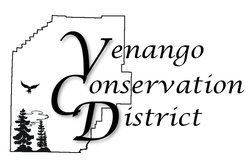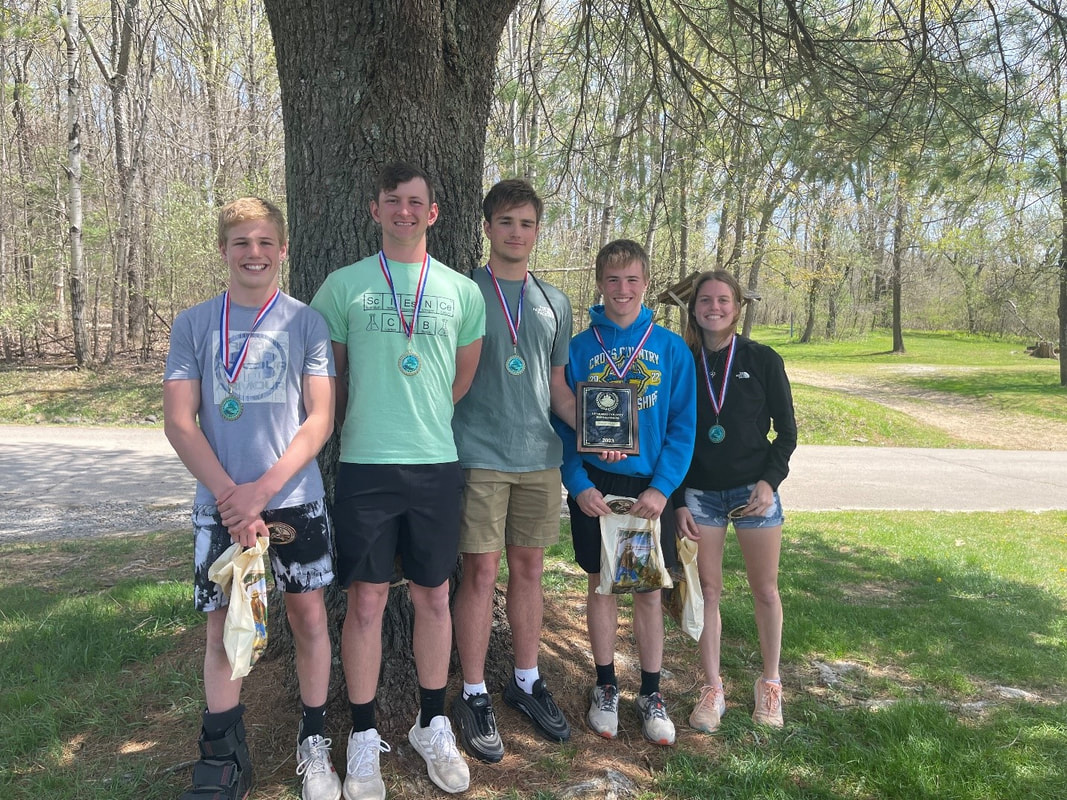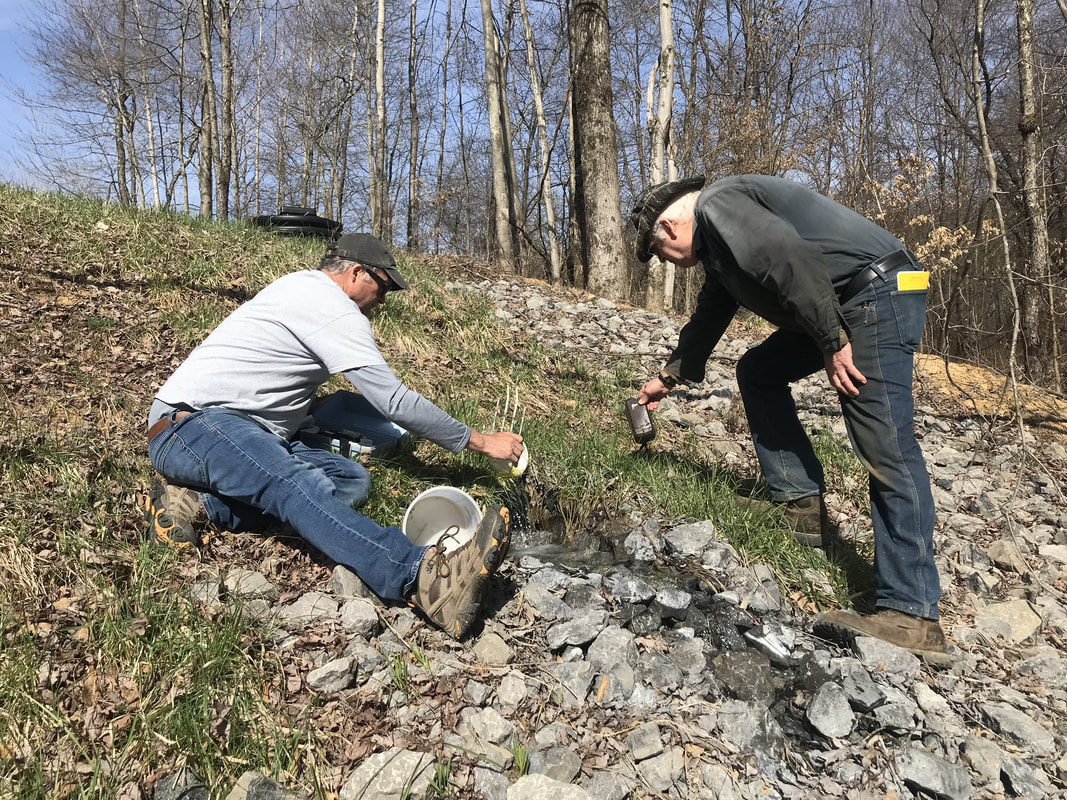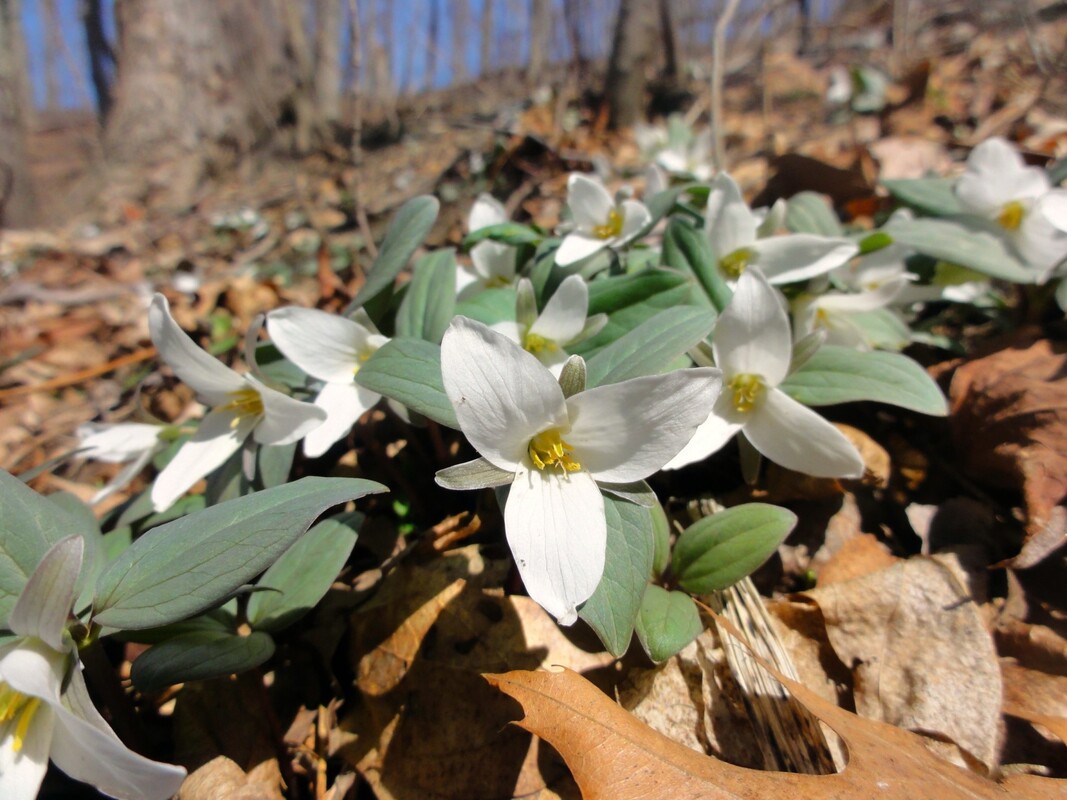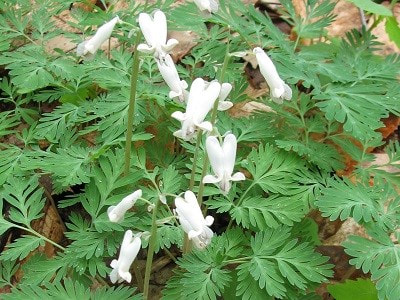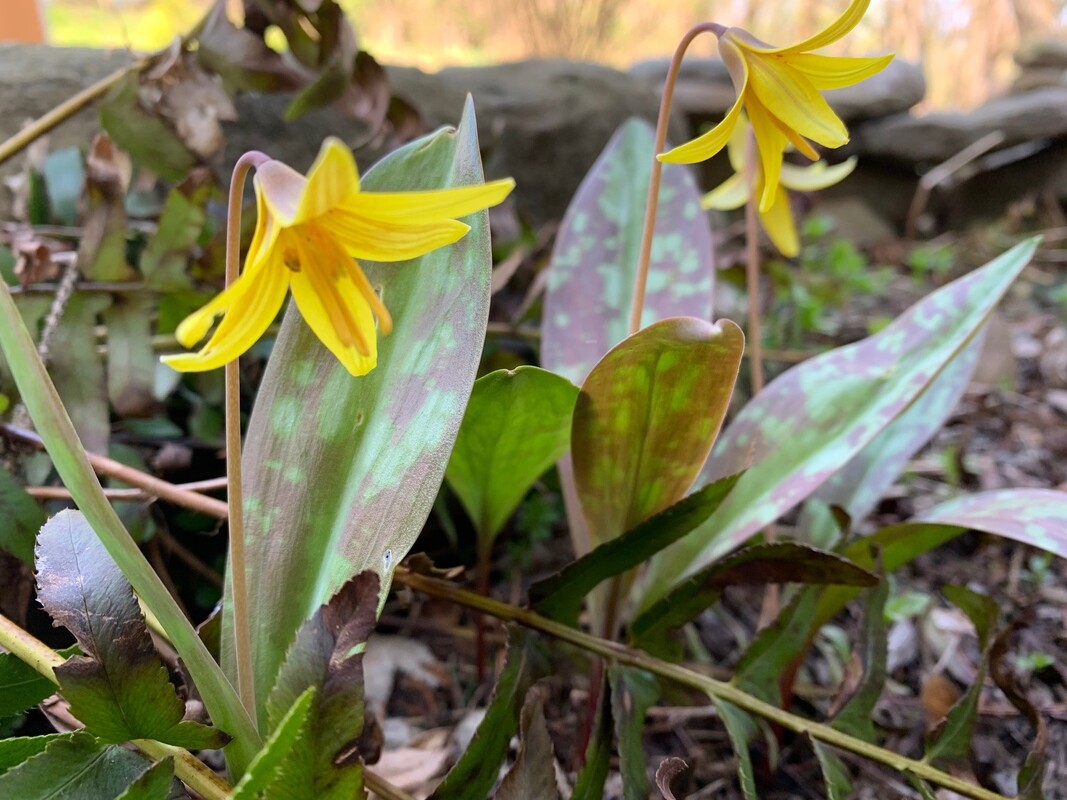|
Students from Venango County schools tested their knowledge in natural resources during the 2023 Venango County Envirothon competition held at Two Mile Run County Park on April 21. About 35 students from Cranberry, Oil City, and Rocky Grove high schools attended this year’s event. Students competed as part of a five-member team, with seven teams participating. Three teams represented Cranberry, while Oil City and Rocky Grove sent two teams each. This annual environmental education event focuses on exposing young adults to various natural resource topics that are taught by their teachers and local environmental professionals. They study forestry, aquatic ecology, wildlife, soils and land use, and a current environmental issue. This year’s current issue topic was “Adapting to a Changing Climate.” Hosted by the Venango Conservation District, the competition was accompanied by an “Envirothon Training Day” which was held at Two Mile Run County Park on March 24. Students were presented with information about each topic by local agency representatives including the PA Fish & Boat Commission, PA Department of Conservation and Natural Resources, and the Natural Resources Conservation Service. On testing day, the students rotated between stations which tested their knowledge on wildlife identification, aquatic macroinvertebrate classification, forest management techniques, among others. One of the Cranberry High School teams advised by Lauri Piercy, took home the first-place title. Named the “Tunnel Rats,” the team consisted of students Dalton Wenner, Colin Zerbe, Dane Ley, Dan Wenner, and Kelsey Hannah. Also from Cranberry, the “Hellbenders” team took second place, and the “Predators” team from Oil City High School finished third. The “Tunnel Rats” will travel to Camp Mount Luther in Mifflinburg, PA on May 24 to represent Venango County in the 40th annual state Envirothon competition. The “Tunnel Rats” team from Cranberry High School placed first overall at the Venango County Envirothon competition at Two Mile Run County Park on April 21. They will be representing Venango County at the state Envirothon competition on May 24 in Mifflinburg, PA. Pictured left to right: Dalton Wenner (9th grade), Colin Zerbe (12th grade), Dane Ley (12th grade), Dan Wenner (10th grade), and Kelsey Hannah (10th grade).
1 Comment
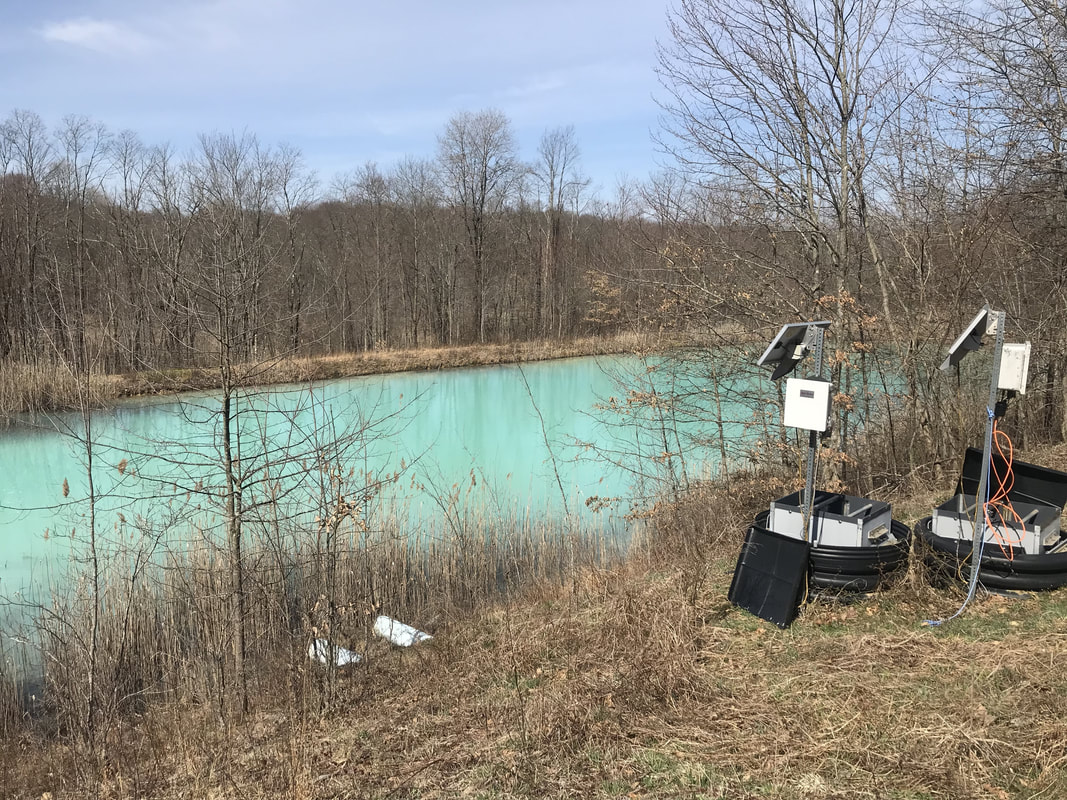 The Venango Conservation District offers support to watershed organizations throughout Venango County. One of those organizations, the Scrubgrass Creek Watershed Association (SCWA), conducts monthly water quality testing at two acid mine drainage treatment systems within the Scrubgrass creek watershed. Our Watershed Specialist, Bailey Kozalla, assisted two members of the SCWA on Tuesday, April 11 during their testing of pH levels, total alkalinity, and flow rates of water coming in and flowing out of the treatment systems. Conducting these tests monthly allows the SCWA to monitor the systems' effectiveness in neutralizing water acidity. To learn more about acid mine drainage and treatment systems, visit the PA Department of Environmental Protection's website: https://www.dep.pa.gov/OurCommonWealth/pages/Article.aspx?post=92 Early Bloomers: Get to know Spring Ephemerals By Bailey Kozalla, Venango Conservation District4/11/2023 Birds chirping, trees budding, and peepers peeping - the spring season is officially upon us! As we begin to enjoy the warmer weather and sunshine, the signs of the new season are all around us. The plants and wildflowers that begin to emerge after winter are called spring ephemerals. While the seasonal lifespan of these perennials is short-lived, they are important to the health of the ecosystem. These woodland wildflowers will begin to emerge from their dormant stage as the daylight hours begin to prolong at the beginning of spring. As the soil temperature increases, they will start growing stems, leaves, and flowers. The growing strategy of these plants allows them to take advantage of sunlight availability during this time of year. In deciduous forests, leaves have not yet grown on trees which permits sunlight to reach the forest floor in a much higher surface area. The spring ephemerals are able to use this sunlight to conduct photosynthesis and complete their cycle of blooming, pollination, and setting seed before the overstory trees shade the forest with their foliage in the summer. How to Grow Spring Ephemerals These plants are a great way to include early-blooming landscaping on your property. Plant them near an area with deciduous trees in moist soil (areas that receive sun in the spring, but are shaded in the summer). The fallen leaves of deciduous trees ensure an even ground temperature in the winter and keeps the soil rich and moist for ephemeral plants. Grow them under this leaf litter, which provides the environment needed for them and their pollinators. Planting them in the fall or early winter is ideal. Since they would be dormant during this time, however, you would be planting only the root or bulb of the plant. Ephemerals can be planted in the spring, but they may not flower during its first season. Spring ephemerals currently established in the wild should not be removed as they serve as an important food source for wildlife emerging from hibernation and for pollinators. The sensitive nature of these plant species also do not fare well being transplanted. It is best to purchase them from a nursery or online through a native plant mail order company. Types of Spring Ephemerals Here are a few species of spring ephemerals that you may see on your own property or on your next hike in and around Venango county. Photos and descriptions of these species are adapted from the Western Pennsylvania Conservancy’s website. To view descriptions of these spring ephemerals and others, visit their website here: https://waterlandlife.org/spring-wildflowers/ Snow Trillium (Trillium nivale) This member of the lily family is found only on the western side of Pennsylvania. Only growing to 15 centimeters tall, this plant grows fleshy structures called fatty elaiosomes which attract ants to disperse its seeds. Squirrel-corn (Dicentra canadensis) This plant begins to bloom in mid April and goes to fruit by mid May. By the time the fruit ripens, the leaves are yellow and are resting on the ground. They can be exposed to natural erosion due to their preferred habitat being rocky, mountainous slopes. Yellow trout lily (Erythronium americanum)
You can find large colonies of this bright yellow flower covering the forest floor. The plant gets its name from its mottled leaf markings that resemble a brown or brook trout (and they bloom during trout fishing season!). It can take up to five years for the plant to start producing a flower. The plants reproduce with both runners and seeds, and like the trillium, ants help to propagate the seeds. |
CATEGORIESs
All
Archives
July 2024
|
